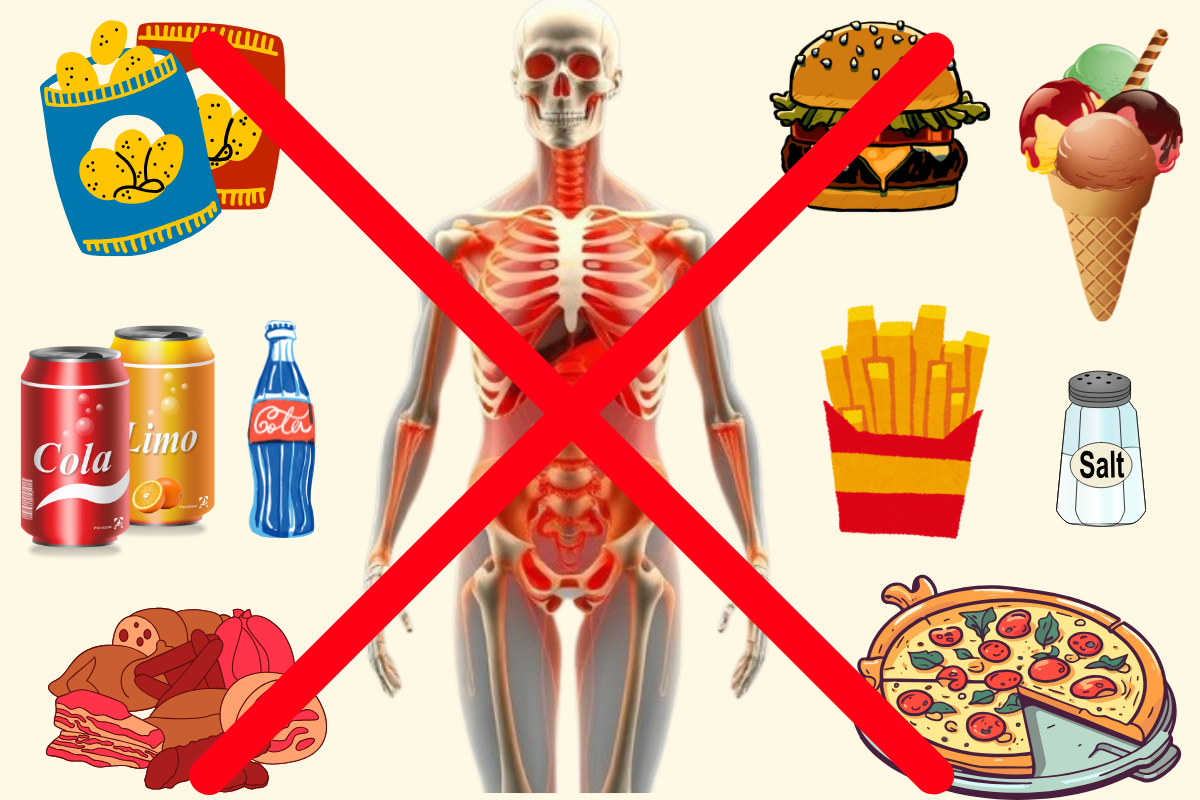
How Much Would It Cost to End World Hunger?
What if the solution to world hunger was something we could afford? Could the global community really end hunger with a few simple changes? Let’s dive into the truth of what it would take.
World hunger continues to be one of the most heartbreaking challenges of our time. Despite significant advancements in technology, agriculture, and global connectivity, over 735 million people still face chronic hunger, according to the United Nations World Food Programme (WFP). But here’s the big question: how much would it cost to end world hunger? Is there a price tag that could fix it all?
In this article, we’ll explore expert estimates, analyze contributing factors, and break down the cost of a hunger-free world.
You will love to read: World War 3 Predictions Astrology
What Does “Ending World Hunger” Actually Mean?
Before calculating a cost, it’s essential to define what “ending hunger” truly entails. It doesn’t just mean providing food — it includes:
- Sustainable food access
- Clean water supply
- Agricultural infrastructure
- Emergency aid for famine zones
- Educational and economic empowerment
Solving hunger is both a short-term and long-term challenge that requires a mix of food aid and development support.
Understanding the Cost of Ending World Hunger

Various studies and organizations have attempted to estimate the financial requirements to eliminate world hunger. While figures may vary based on methodologies and assumptions, a consensus suggests that the investment needed is substantial yet achievable.
Key Estimates:
-
$40 Billion Annually: According to the UN World Food Programme (WFP), ending world hunger by 2030 would require an estimated $40 billion each year.
-
$37 Billion Annually: Oxfam America estimates that donor governments need to invest around $37 billion every year until 2030 to tackle both extreme and chronic hunger.
-
$11 Billion Annually: The International Institute for Sustainable Development (IISD) suggests that an extra $11 billion per year in public spending could end hunger by 2030, with $4 billion from donors and $7 billion from low- and middle-income countries.
-
$27–$90 Billion Annually: The Hesat2030 initiative indicates that a short-term investment of $27 billion annually is needed to bring 500 million people out of hunger by 2030, with costs increasing to $90 billion per year to reduce hunger and malnutrition for 700 million people.
Could We Really End Hunger? Here’s What $40 Billion Could Achieve
To comprehend where these funds would be allocated, it’s essential to examine the primary areas requiring investment:
1. Emergency Food Assistance
- Estimated Cost: $6.6 billion annually
- Purpose: Providing one meal per day to 42 million people facing famine-levels of food insecurity.
2. Agricultural Development and Investment
- Estimated Cost: $5–10 billion per year
- Purpose: Enhancing sustainable agricultural practices, improving infrastructure, and promoting research and development to increase food production and security.
3. Social Protection and Assistance
- Estimated Cost: $5–10 billion per year
- Purpose: Implementing programs like cash transfers, food vouchers, and nutrition initiatives to support vulnerable populations.
4. Healthcare and Nutrition
- Estimated Cost: $1–2 billion per year
- Purpose: Addressing health consequences of hunger, including malnutrition and increased disease risk, through healthcare services.
5. Education and Awareness
- Estimated Cost: $1–2 billion per year
- Purpose: Improving nutrition education and awareness, especially among vulnerable groups, to promote better dietary practices.
6. Infrastructure and Logistics
- Estimated Cost: $1–2 billion per year
- Purpose: Enhancing food distribution systems, reducing post-harvest losses, and improving storage facilities.
Could the World Afford It?

Yes — technically, the world has enough wealth to solve hunger.
- Global military spending in 2023: $2.2 trillion
- Global food waste value annually: $1 trillion
- Billionaire wealth increase during the pandemic: $5 trillion
The cost of ending world hunger annually could be funded by just 2% of global military spending, which is over 100 times more than the money required to feed 735 million people. If we can afford to waste $1 trillion worth of food every year, why can’t we allocate a fraction of that to solving hunger?
As Nobel laureate Amartya Sen once said, ‘Famine is not caused by a lack of food, but by an unequal distribution of resources
Ending Hunger vs. Global Spending: A Reality Check
| Category | Annual Cost | What It Means |
| Cost to End World Hunger | $40 billion | Enough to feed and support 735 million people worldwide |
| Global Military Spending (2023) | $2.2 trillion | Just 2% of this could end world hunger |
| Global Food Waste (Annual Value) | $1 trillion | Reducing waste by 4% could free up enough to feed everyone |
| Billionaires’ Wealth Increase (Pandemic) | $5 trillion | Equivalent to over 100 years of hunger-ending budgets |
| Cost of One New Aircraft Carrier | $13 billion (approx.) | Almost 1/3 of the yearly hunger eradication budget |
What’s Holding Us Back from Ending Hunger?
- Conflict and War: War zones disrupt food supply chains and create refugee crises. Feeding people in these areas is far more expensive.
- Climate Change: Droughts, floods, and unpredictable weather reduce crop yields and require more adaptive farming technologies.
- Poverty and Infrastructure: Lack of roads, storage, and irrigation systems increase food loss. Investments in infrastructure are a big part of the cost.
- Food Waste: Globally, one-third of all food is wasted. Reducing waste could significantly lower the cost of solving hunger.
The Economic and Social Benefits
Investing in the eradication of hunger yields significant returns:
- Improved Health: Better nutrition leads to healthier populations, reducing healthcare costs and increasing life expectancy.
- Enhanced Education: Well-nourished children are more likely to attend school and perform better academically.
- Economic Growth: Healthy individuals contribute more effectively to the workforce, boosting productivity and economic development.
- Social Stability: Addressing hunger can reduce social unrest and migration pressures caused by food insecurity.
Challenges in Eradicating Hunger
Despite the feasibility of ending hunger, several obstacles persist:
- Funding Gaps: While the required funds are available globally, allocating them effectively remains a challenge.
- Political Will: Sustained commitment from governments and international organizations is crucial.
- Conflict and Climate Change: Wars and environmental changes disrupt food production and distribution.
- Inefficient Systems: Corruption and mismanagement can hinder the effective use of resources.
Conclusion: How Much Would It Cost to End World Hunger?
Eradicating world hunger is an ambitious yet achievable goal. With estimated annual investments ranging from $11 billion to $90 billion, the global community has the financial capacity to address this crisis. The benefits of such an investment extend beyond feeding the hungry; they encompass improved health, education, economic growth, and social stability. Achieving this goal requires coordinated efforts, political will, and a commitment to sustainable development.
It’s time for us to ask ourselves: If we have the means, do we have the will? Let’s work together to make world hunger a thing of the past. Tell us your opinions regarding ending the world hunger in the comment section.
FAQs About World Hunger
We have deeply covered each and everything about How Much Would It Cost to End World Hunger? However, if you have any other questions in your mind or you want to share your opinions then dont hesitate to use our contact us page or comment box.
What is world hunger?
The United Nations says hunger happens when people don’t have enough food for a long time. This means they might go whole days without eating because they don’t have money, food, or other basic things they need.
How close are we to ending world hunger?
By 2030, we probably won’t achieve zero hunger.
The target of achieving Zero Hunger by 2030 seems unattainable in light of this. Furthermore, it will take more than 130 years, until 2160, for the globe to achieve even low levels of hunger, assuming progress continues at the rate we have seen in the past ten years.
What would end world hunger?
To end hunger by 2030, we must act quickly and work together. This means fixing unfair systems, improving how we grow and share food, supporting farming that protects the environment, and dealing with the problems caused by war and the pandemic that affect food and nutrition around the world.
Is world hunger solvable?
There is enough food in the world to feed every person. But the real problem is that not everyone can get or access this food. Things like bad weather, wasting food, gender inequality, and especially war make it harder. Ending hunger is a big challenge, but if we work together, we can solve it.
Can elon musk end world hunger?
Elon Musk alone can’t end world hunger, but with a portion of his wealth, he could significantly reduce global food crises. Collaboration between billionaires, governments, and organizations is key to creating long-term, sustainable solutions to eradicate hunger worldwide.















The website design looks great—clean, user-friendly, and visually appealing! It definitely has the potential to attract more visitors. Maybe adding even more engaging content (like interactive posts, videos, or expert insights) could take it to the next level. Keep up the good work!
Thank you for your kind words